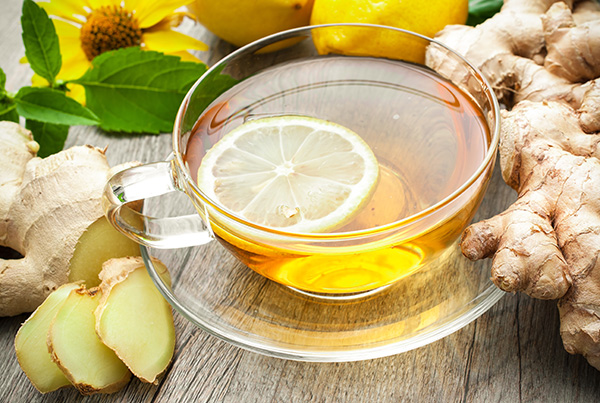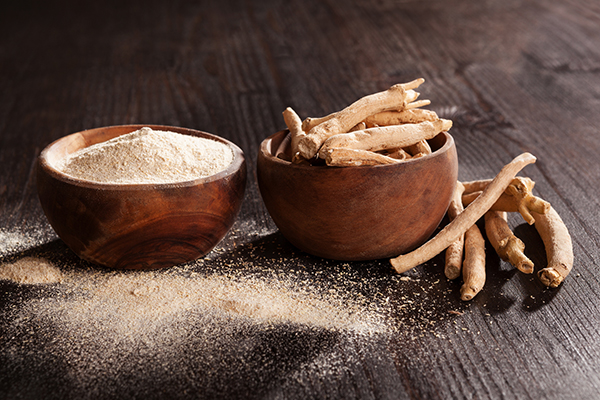Pouchong Tea Guide
Welcome to our Pouchong Tea Guide, where we’ll take a deep dive into this fascinating tea variety. Let’s explore its origins, processing, taste, and benefits, and learn how to make the perfect cup of Pouchong tea.

What Is Pouchong Tea?
Pouchong tea, also known as Bao Zhong tea, is a unique tea variety that falls between green and oolong teas. It originates from Taiwan and is known for its delicate and floral aroma. Pouchong tea is partially oxidized, typically between 8% and 20%, giving it a distinctive character and a light, refreshing taste.
How Does It Compare to Green and Oolong Teas?
Green tea is unoxidized and has a fresh, grassy flavor. Oolong tea, on the other hand, is partially oxidized, with a wide range of flavors and aromas depending on the oxidation level. Pouchong tea lies between these two categories.
While Pouchong tea shares some characteristics with green tea, such as a lighter taste and lower oxidation level, it has a more floral and aromatic profile, similar to some oolong teas. Its unique flavor and aroma make it a popular choice for tea connoisseurs.
Pouchong vs. Baozhong Tea?
Pouchong tea and Baozhong tea are often used interchangeably, as they both refer to the same lightly oxidized tea. Baozhong is a term more commonly used in mainland China, whereas Pouchong is more popular in Taiwan.
Origin of Pouchong Tea
Pouchong tea originated in the Fujian province of China but gained popularity and a unique identity in Taiwan. Today, the best Pouchong tea is produced in Taiwan, particularly in the Pinglin District near Taipei. The region’s high altitude, cool temperatures, and misty climate provide ideal conditions for growing high-quality tea leaves, contributing to the tea’s delicate and refined flavor profile.
Processing Pouchong Tea
The processing of Pouchong tea involves several steps:
- Plucking: Tea leaves are hand-plucked to ensure the highest quality, usually in spring.
- Withering: The leaves are spread out to wither, reducing their moisture content and softening them for further processing.
- Light oxidation: The tea leaves are gently bruised to initiate oxidation, which lasts for a short period, giving Pouchong tea its unique flavor.
- Fixation: Heat is applied to stop the oxidation process, preserving the tea’s characteristic taste and aroma.
- Rolling: The leaves are rolled to break down cell walls and release their essential oils.
- Drying: Finally, the tea leaves are dried to lock in their flavor and aroma, and prevent further oxidation.
What Does Pouchong Tea Taste?
Pouchong tea is celebrated for its delicate, floral taste with a hint of creaminess. The tea has a light, smooth body, with notes of flowers, fruits, and a subtle vegetal undertone. The aroma is fragrant and enchanting, often compared to the scent of orchids or jasmine.
What Are the Benefits of Pouchong Tea?
Pouchong tea is not only delicious but also offers a range of health benefits:
- Rich in antioxidants: The tea is packed with antioxidants that help protect the body against free radicals and oxidative stress, promoting overall health.
- Boosts metabolism: Pouchong tea may help increase metabolism and aid in weight loss.
- Enhances relaxation: The tea has a calming effect, which can help reduce stress and promote relaxation.
- Supports digestion: Pouchong tea is known to aid in digestion and alleviate stomach discomfort.
- Promotes heart health: The antioxidants in Pouchong tea may help lower the risk of heart disease by reducing inflammation and improving blood vessel function.
How Much Caffeine Is in Pouchong Tea?
Pouchong tea contains a moderate amount of caffeine, typically ranging from 30 to 50 mg per 8-ounce cup. This is less than black tea, which usually contains around 60-90 mg of caffeine, but more than green tea, which has 20-45 mg. The exact caffeine content can vary depending on the tea’s processing and preparation.
How to Make Pouchong Tea
To make a perfect cup of Pouchong tea, follow these steps:
- Measure the tea: Use about 1 teaspoon of loose-leaf Pouchong tea per 8-ounce cup of water.
- Heat the water: Bring fresh, filtered water to a temperature of about 185°F (85°C). Avoid boiling water, as it can scald the leaves and taste bitter.
- Steep the tea: Pour the hot water over the tea leaves and let them steep for 2-3 minutes. Adjust the steeping time according to your taste preference, but avoid oversteeping to prevent bitterness.
- Strain and enjoy: Strain the tea leaves and enjoy your cup of Pouchong tea. You can re-steep the leaves for multiple infusions, though the flavor may become more delicate with each infusion.
Final Thoughts
Pouchong tea is a delightful and unique tea variety that offers a refreshing, floral taste and a range of health benefits. Its delicate flavor profile and enchanting aroma make it a favorite among tea enthusiasts. By understanding its origin, processing, and proper brewing techniques, you can fully appreciate and enjoy the nuanced characteristics of this exceptional tea.
So, go ahead and indulge in a cup of Pouchong tea to experience its exquisite taste and soothing qualities.





